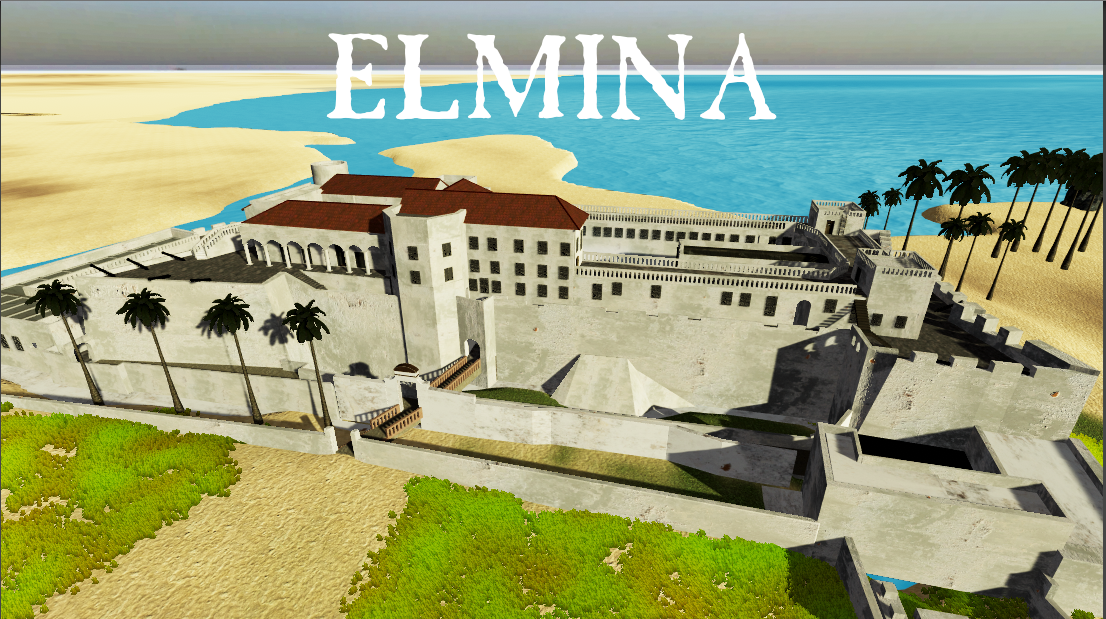
Director, Institute for Virtual Environments and Computer Games
Author, Historian, Cartographer, and occasionally Graphic Artist
UCI and USC graduate and current Professional Software Designer.
Professional Game Designer for Independent and Triple A Companies.